Buckle up, gearheads! We're about to debunk some of the wackiest car myths revving up the rumor mill since our fathers were babies. Should you rev up your engine before driving? Are convertibles safer in a collision?
Plenty of misleading conjectures are swirling out there, some serious enough to warrant a rebuttal to set the scores straight – and even save lives. From the classic "red cars get more tickets" to the infamous "putting nails in your tires improves traction, we're diving into the world of automotive fiction to separate fact from fantasy.
So, fasten your seatbelts, put the pedal to the metal, and get ready to steer away from these car myths cruising in the wrong lane.
See also: Our Honest Review Of The 10 Best Car Racing Action Movies, According To Netflix
1. You Should Warm Up Your Engine Before Driving, Especially in the Winter

Photo credit: WCNC
Myth Buster:
The myth that you should warm up your engine before driving, especially in the winter, is based on outdated technology. Modern cars do not require a long warm-up period before driving, even in cold weather. Why’s that?
Most modern cars are equipped with electronic fuel injection systems. These systems adjust the air-fuel mixture to provide the optimal ratio for combustion, regardless of the engine's temperature. As a result, the engine warms up more efficiently while driving.
Secondly, advances in engine manufacturing and oil technology have reduced the need for extended warm-up periods. Engines are made from materials that expand and contract uniformly, and modern synthetic oils provide adequate lubrication even at cold temperatures.
What’s more?
Prolonged idling and warm-up periods result in increased emissions and reduced fuel efficiency. Driving the car moderately after a short warm-up period is more efficient and better for the environment.
In most cases, driving gently and avoiding heavy acceleration for the first few minutes achieves the necessary warm-up for the engine and other vehicle components. As a result, the belief that long engine warm-up periods are necessary, especially in winter, is a myth that does not apply to modern vehicles.
2. Red Cars Are More Expensive to Insure

Photo credit: Pexels
Myth Buster:
It’s not true that red cars are more expensive to insure. Insurance companies do not use car color as a factor in determining insurance premiums. Instead, premiums are based on factors such as the make and model of the car, its age, the driver's driving record, the area where the car is driven, and other relevant risk factors.
Such risk factors are based on statistical data related to the car's safety, likelihood of theft, and anticipated repair costs. The color of the car does not factor into these risk assessments.
So, the belief that red cars are more expensive to insure is simply an urban legend that has persisted over the years. There is no evidence to support the idea that red cars are associated with higher insurance costs.
Drivers would be wiser to focus on other influential factors, such as their driving record and the safety features of their vehicle, to achieve lower insurance rates.
3. All SUVs Perform Well Off-Road
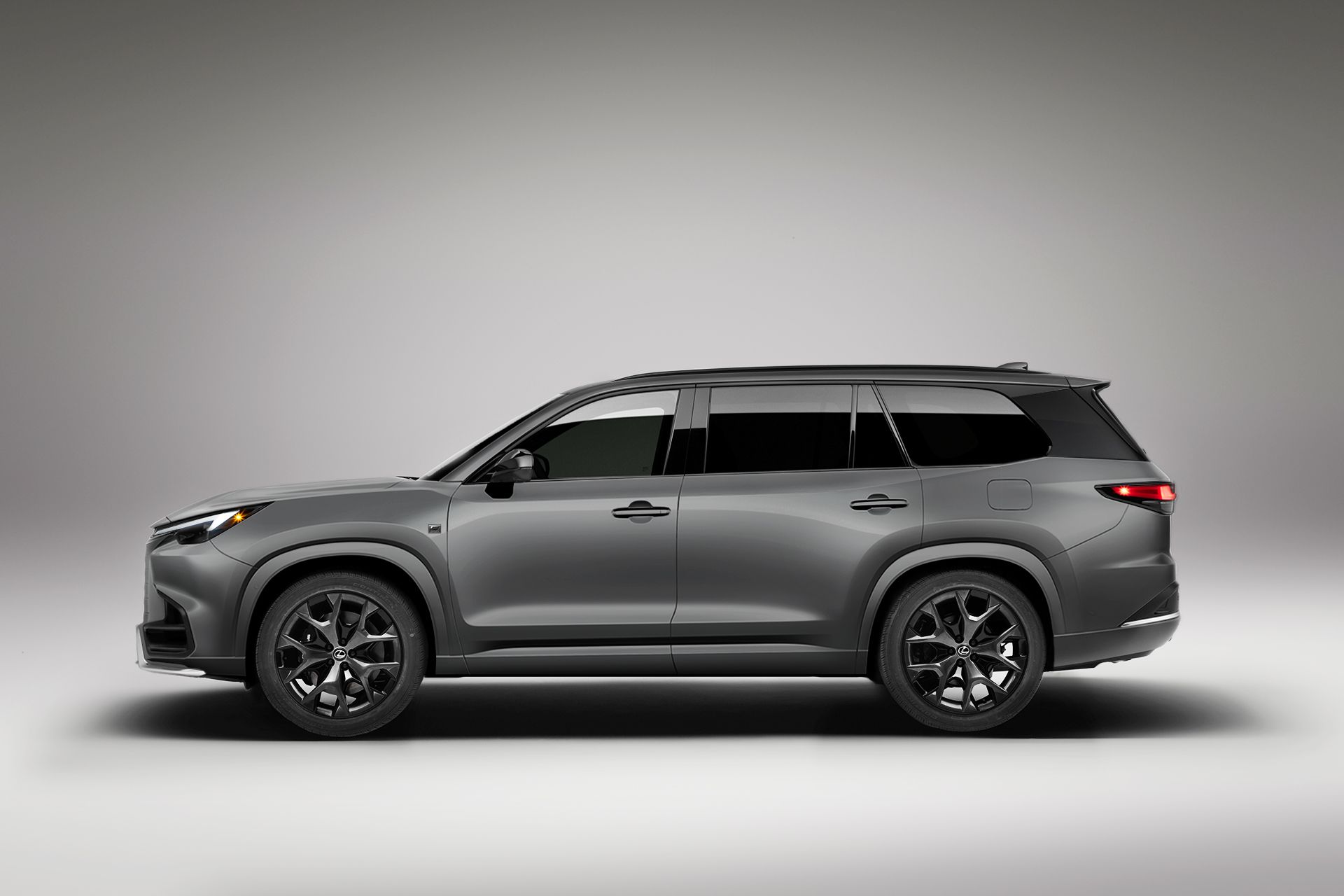
Myth Buster:
The belief that all SUVs perform well off-road is not accurate. Why? SUVs come in various types, including compact crossovers, midsize SUVs, full-size SUVs, and luxury SUVs. As such, SUVs are designed with different purposes in mind. Not all SUVs are designed or equipped for off-road performance.
Some are built for urban commuting and family transportation, offering comfort and fuel efficiency, while others are built for off-road adventures, with enhanced ground clearance, four-wheel drive systems, and rugged suspension.
A combination of factors such as approach and departure angles, ground clearance, four-wheel drive systems, traction control, and specialized off-road features determine off-road performance. These factors vary widely among different SUV models.
The reality is that many modern SUVs are tailored for urban driving, with designs that prioritize comfort, safety, and fuel economy over off-road capability. These vehicles may not perform well in challenging off-road conditions.
Additionally, off-road performance also depends on the specific terrain and conditions encountered. Certain SUVs may excel in one type of off-road environment but may struggle in others. So, it’s a myth that all SUVs perform well off-road.
4. Convertibles Aren’t Safe in a Collision

Myth Buster:
This isn’t entirely accurate. Modern convertible cars are designed with reinforced structures and roll-over protection systems to ensure that they provide adequate protection in the event of a collision. These safety measures help maintain the vehicle’s structural integrity, even in the absence of a fixed roof.
Convertible cars are equipped with the same safety features found in traditional vehicles, including airbags, seat belts, and advanced safety technology such as electronic stability control and reinforced door beams.
Furthermore, convertible cars undergo the same rigorous safety testing as other vehicle types to ensure they meet safety standards and regulations. This includes frontal impact, side impact, and rollover testing to assess the vehicle's ability to protect occupants in various collision scenarios.
While it is true that convertibles have unique design considerations related to their open-top nature, the notion that they aren't safe in a collision is a myth when considering the prevailing safety standards and modern convertible car designs.
5. Muscle Cars Can’t Corner
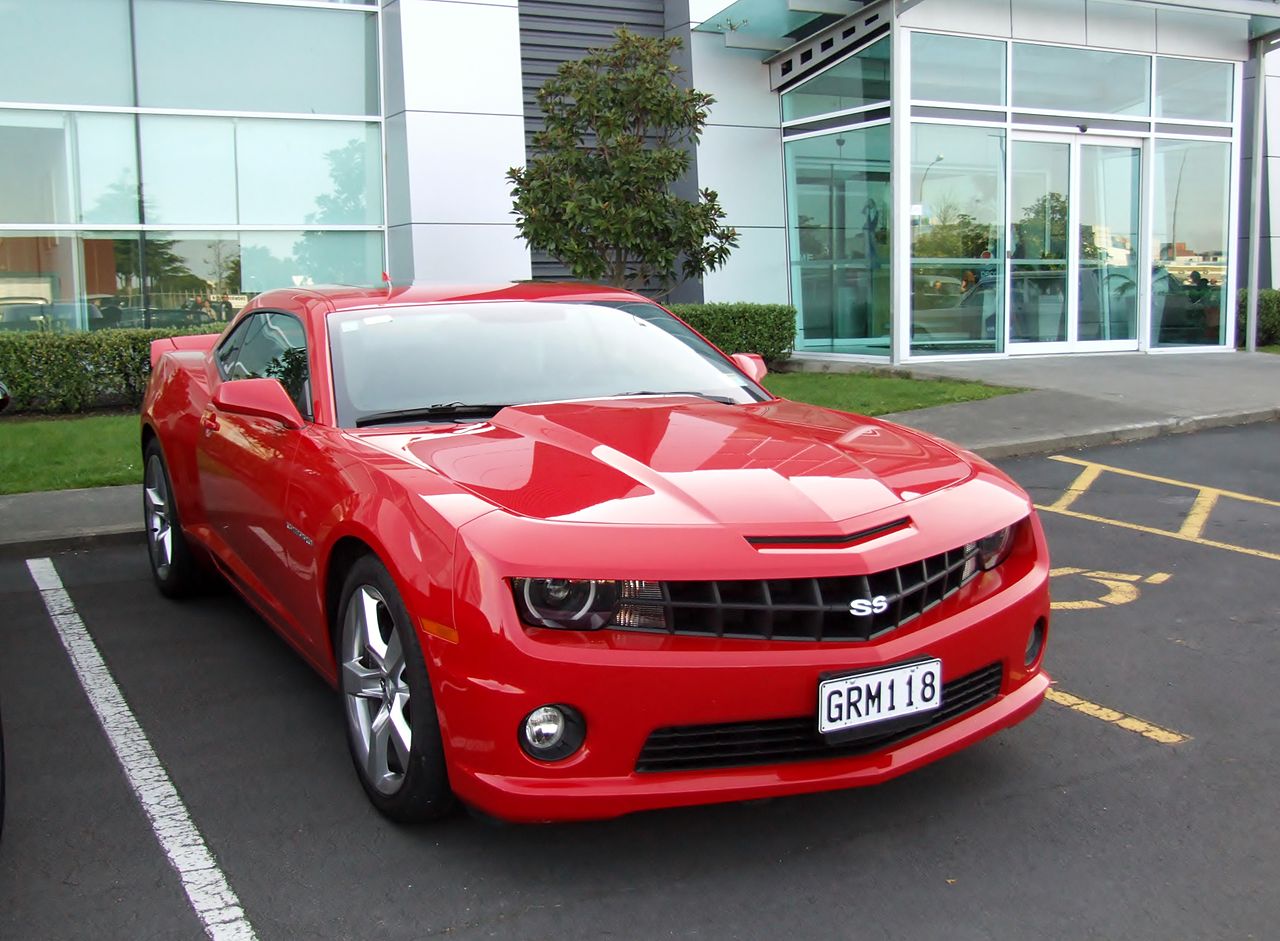
Photo credit: GPS56 via Wikimedia
Myth Buster:
The talk that muscle cars can't corner effectively is not entirely accurate. Modern muscle cars are equipped with advanced suspension systems, performance tires, and electronic stability control, which enable them to handle corners and curves more effectively than older models.
Plus, many muscle car enthusiasts invest in aftermarket performance upgrades, such as high-performance suspension components, large anti-roll bars, and upgraded brakes, to improve cornering capabilities and overall handling.
Muscle cars often come equipped with electronic aids such as traction control, stability control, and performance driving modes that optimize the car's handling characteristics, including improved cornering performance.
It goes without saying that many modern muscle cars have proven their cornering capabilities on race tracks and road courses, demonstrating that they can navigate corners with precision and control at high speeds. Indeed, older muscle cars may have had a reputation for limited cornering ability compared to other sports cars.
However, modern muscle cars have evolved to offer impressive handling and cornering capabilities, debunking the myth that muscle cars can't corner. Besides, effective cornering in any car, including muscle cars, depends on the driver's skill, understanding of the vehicle's capabilities, and application of proper driving techniques.
See also: The Balance of Performance and Efficiency: Understanding V4 Engines And Why You Never See Them
6. SUVs Are Safer Than Smaller Cars
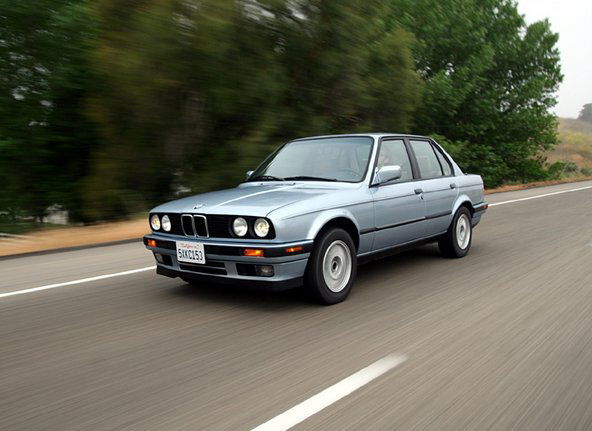
Photo credit: iFixit
Myth Buster:
Are they now? Let’s set the record straight. While SUVs are generally larger and heavier than smaller cars, this size and weight disparity can create safety issues. Smaller cars can be at a disadvantage in a collision with an SUV due to the differences in mass and structural design.
Historically, early SUVs had a higher risk of rollover due to their higher center of gravity. While modern SUVs have made significant improvements in rollover protection, this risk factor is still relevant, especially in certain driving conditions.
In collisions between SUVs and smaller cars, there is a potential mismatch in terms of bumper and body structure, which can lead to greater harm to occupants in smaller vehicles. This issue is addressed in modern vehicle safety standards and design considerations.
Both SUVs and smaller cars are equipped with modern safety features such as airbags, stability control, and advanced restraint systems.
The presence of these safety features, as well as a vehicle's crashworthiness as determined by crash tests, play a significant role in vehicle safety. A vehicle’s safety depends not only on its design and engineering but also on how it is driven.
7. Letting Your Engine Idle is Good for It
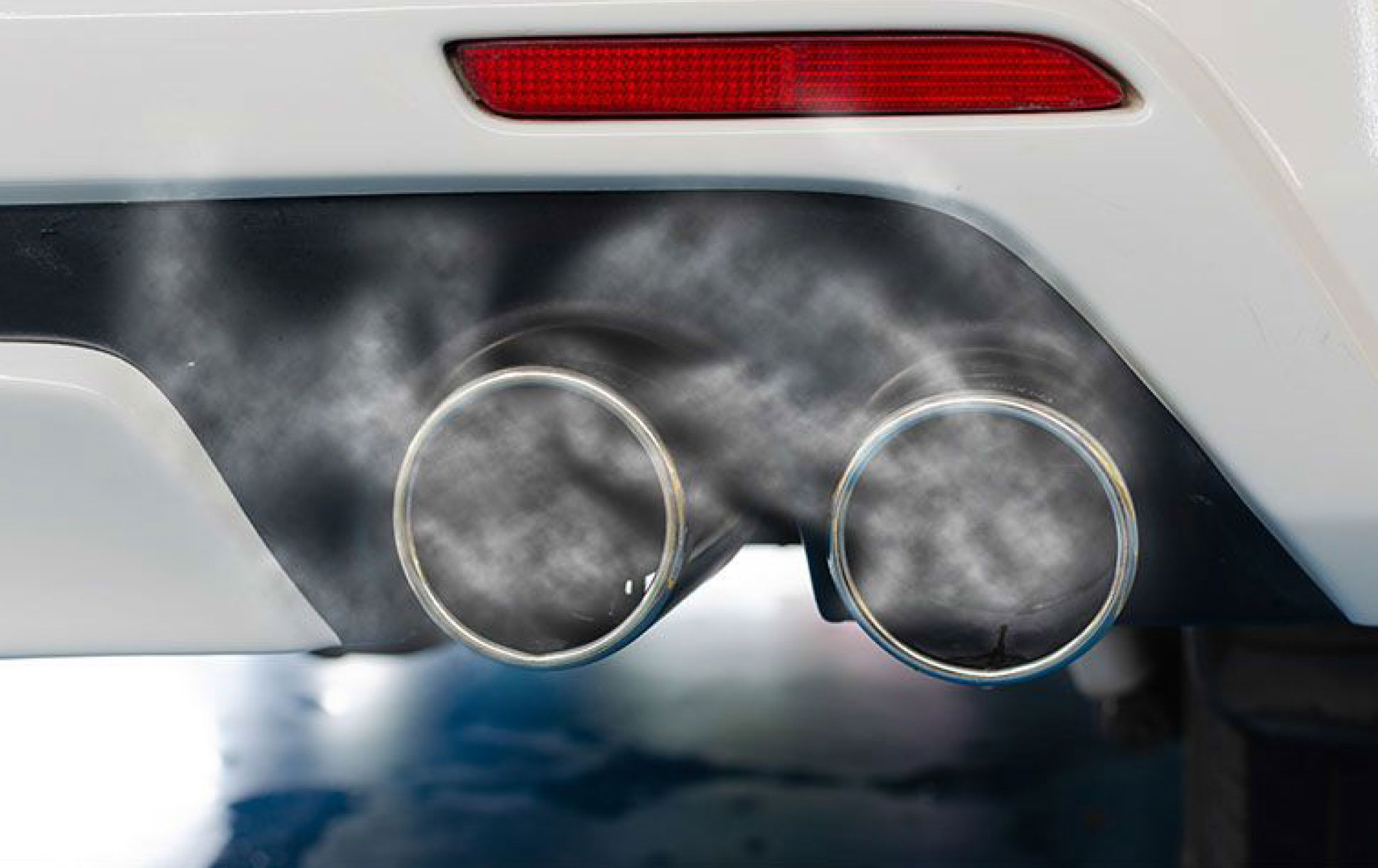
Photo credit: Azuga
Myth Buster:
Oil circulation reduces when the engine is idling, which can lead to inadequate lubrication for critical engine components. This can result in increased wear and tear on the engine over time, as well as potentially damaging engine parts.
Idling your engine leads to unnecessary fuel consumption and increased emissions. This contributes to air pollution and wastes fuel. In addition, excessive idling can lead to the build-up of carbon deposits in the engine, affecting its performance and longevity.
Continuous idling can drain the vehicle's battery, especially if the engine is not running at an optimal temperature for efficient battery charging. This can lead to premature battery wear and the need for frequent replacements.
Furthermore, extended idling can cause excessive heat build-up in the engine, leading to potential overheating and stress on various engine components. This can contribute to thermal stress and reduce the engine’s overall lifespan. Idling the engine excessively to warm it up is not an efficient way to warm the engine.
Modern engines warm up more efficiently when they are driven gently at the beginning of a trip, allowing the engine to reach its optimal operating temperature more quickly without excessive idling. So, the belief that letting your engine idle is good for it is a dangerous myth.
8. Premium Fuel Will Clean Your Engine
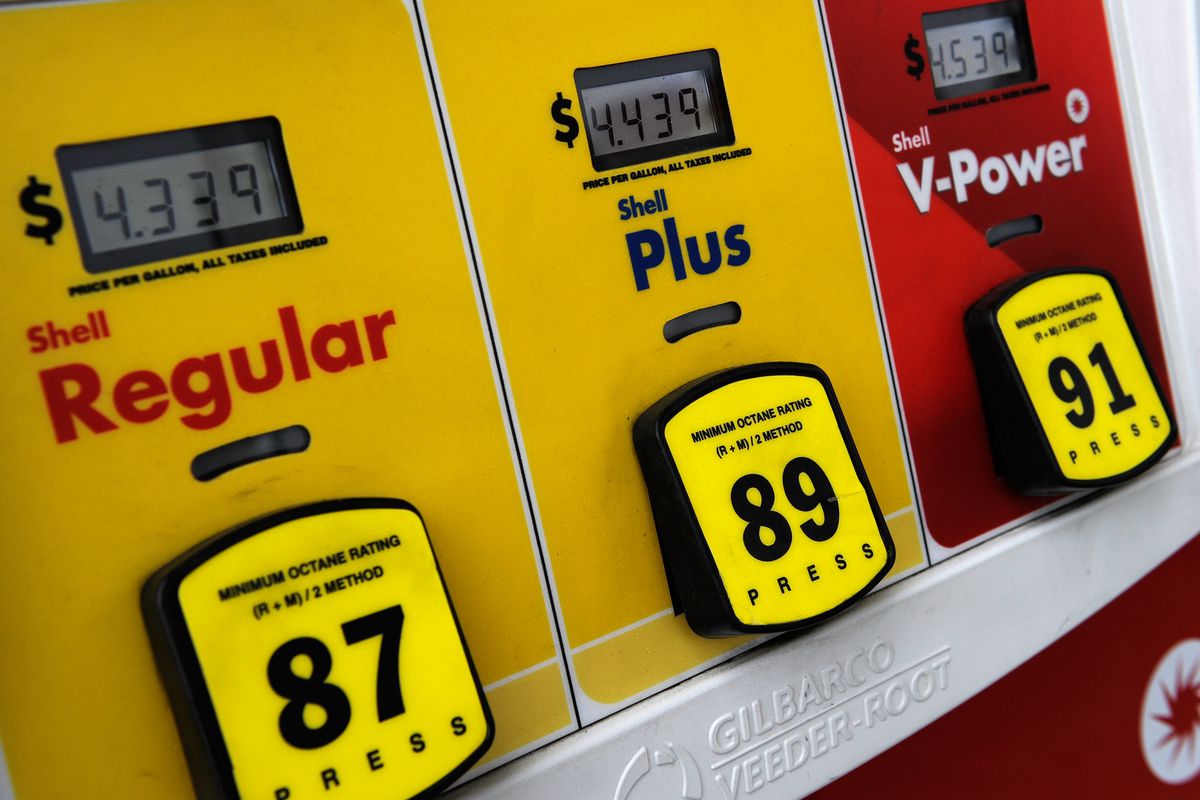
Photo credit: Vox
Myth Buster:
Don’t believe everything you hear. Premium fuel typically has a higher octane rating, designed to prevent engine knocking and pre-ignition in high-performance and turbocharged engines. However, it does not necessarily contain cleaning agents that actively clean the engine's internal components.
While some fuel formulations, including regular and premium gasoline, may contain detergent additives, the presence of these additives is not exclusive to premium fuel. Both regular and premium gasoline can contain detergents that help prevent carbon build-up on intake valves and fuel injectors.
Premium fuel's primary function is to provide optimized combustion in engines with higher compression ratios or forced induction. It is not formulated to perform precision cleaning of internal engine components beyond what is already provided by standard gasoline with detergent additives.
Routine maintenance, including the use of fuel system cleaners and following the manufacturer's recommended service intervals, is key to keeping the engine clean and ensuring optimal performance. Premium fuel alone is not a substitute for proper engine maintenance or the use of dedicated fuel system cleaners.
9. You Should Change Oil Every 3,000 Miles
Myth Buster:

Try 5,000 miles, instead. Advances in both engine design and oil formulation have led to increased durability and longevity of engine oil. Many modern vehicles and oils are capable of sustaining their lubricating properties for longer durations than the traditional 3,000 miles or 5,000 km interval.
Most vehicle manufacturers now provide specific oil change intervals in the owner's manual that are tailored to the engine's design and the type of oil being used. These intervals often exceed the 3K-mile mark and are optimized for the specific engine and oil type.
Synthetic oils, which are becoming increasingly common, provide enhanced performance and are capable of lasting for longer intervals between changes. Many synthetic oils have been formulated to maintain their lubricating properties for up to 6,000 miles (10,000 km) or more.
Notably, oil change intervals can be affected by driving conditions such as frequent stop-and-go traffic, towing, and extreme temperature variations. Therefore, the oil change interval may need to be adjusted to account for these factors.
Note that frequent oil changes contribute to increased waste oil and environmental impact. By extending oil change intervals per manufacturer recommendations, you can help reduce the environmental impact of waste oil.
So, the myth that you should change oil every 3,000 miles does not align with modern vehicle technology, oil formulations, or manufacturer recommendations.
10. The Goal of a Car Sale Is to Get the Best Price
Myth Buster:

Photo credit: Investopedia
Not really. While getting a fair price for the vehicle is important, the primary goal of a car sale is often focused on customer satisfaction. This includes building trust, providing a positive buying experience, and ensuring that the customer's needs and preferences are met.
Dealerships and salespeople often prioritize building long-term relationships with customers. This includes providing excellent service, addressing customer needs, and establishing a reputation for reliability and trustworthiness.
A positive sales experience fosters customer loyalty and may lead to repeat business and referrals. For this reason, sales professionals focus on educating customers about the features, benefits, and value of the vehicles they are interested in.
The goal is to ensure customers have the information they need to make informed decisions that align with their needs and budget.
So, while pricing is an important aspect of a car sale, the primary goal is often centered around customer satisfaction, long-term relationships, customer education, value proposition, and after-sales support rather than solely focusing on getting the best price.
11. Manual Transmissions Are Always More Fuel Efficient
Myth Buster:
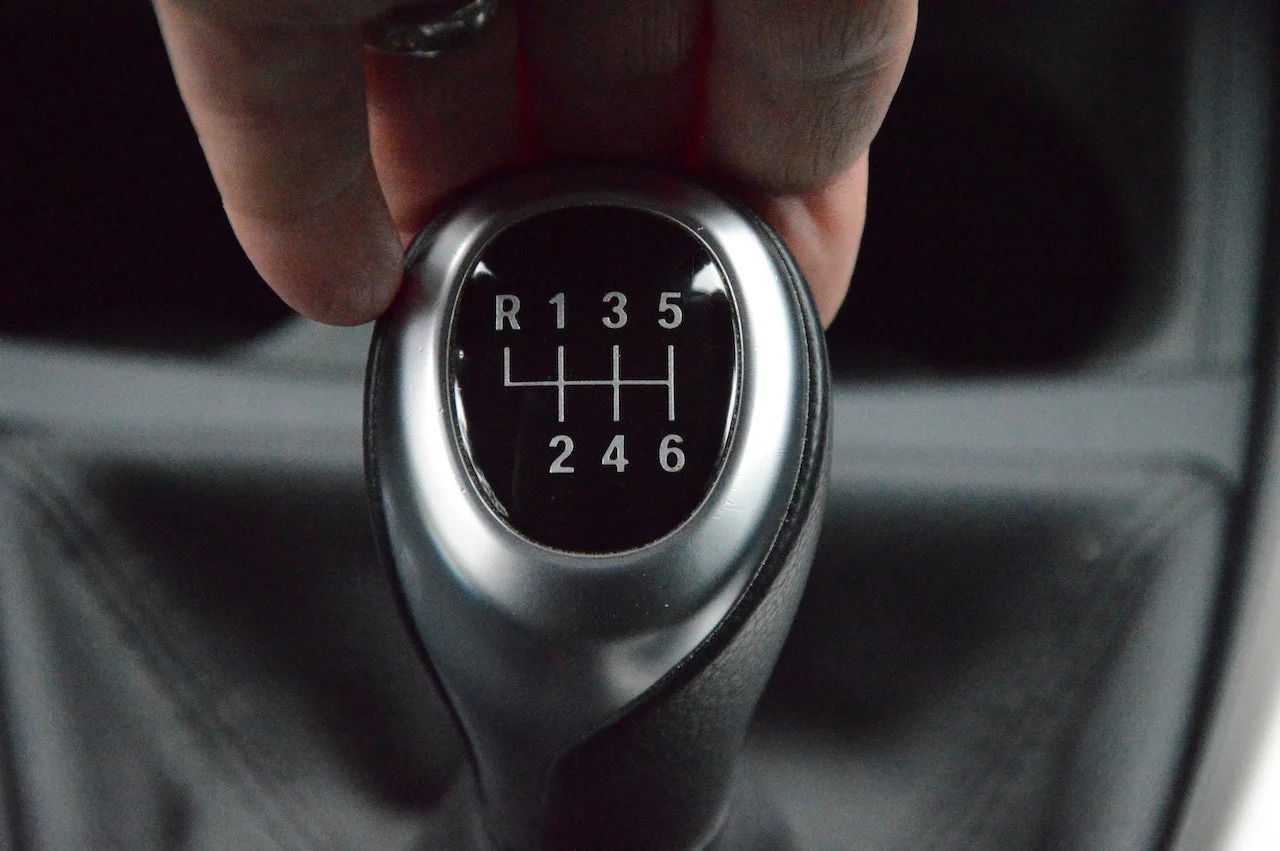
Photo credit: JD Power
This myth is old and stale. Modern automatic transmissions have made significant technological advancements, including implementing more gears (6-speed, 7-speed, or even 8-speed transmissions) and introducing continuously variable transmissions (CVTs).
These advancements have improved the overall fuel efficiency of automatic transmissions, making them competitive with manual transmissions in terms of fuel economy.
Many modern automatic transmissions have features like lock-up torque converters, improved electronic controls, and advanced clutch technologies that enable better fuel efficiency. These enhancements reduce energy losses and optimize the powertrain for improved fuel economy.
While manual transmissions offer drivers the ability to optimize gear shifts for maximum fuel efficiency, individual driving behavior and road conditions play a significant role in determining overall fuel efficiency.
In some cases, automatic transmissions can adapt to driving conditions and provide efficient gear selection, leading to comparable or even better fuel economy, depending on driving style and circumstances.
Some automatic transmissions are coupled with engines specifically designed to deliver high fuel efficiency and low emissions. These engines are optimized to work in conjunction with the transmission to deliver superior fuel economy.
In the case of hybrid and electric vehicles, the transmission system works in a fundamentally different way, and fuel efficiency is determined by the integration of the electric drivetrain with the transmission, rather than the manual vs. automatic distinction.
So, while manual transmissions can offer increased fuel economy in certain driving scenarios, modern automatic transmissions have closed the gap in terms of overall fuel efficiency through technological advancements and improved design.
12. Bigger Vehicles Are Always Safer in a Crash
Myth Buster:
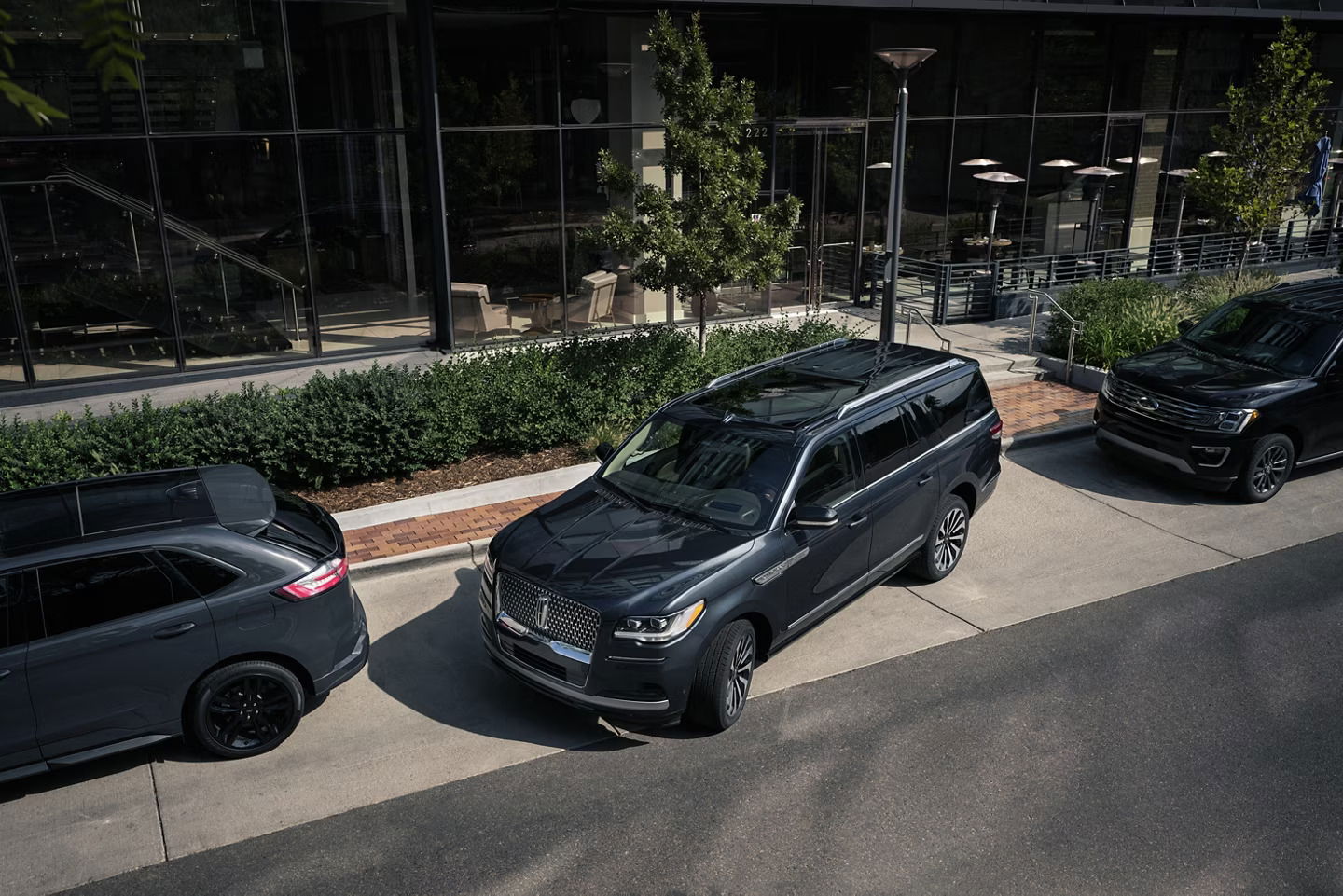
The belief that bigger vehicles are always safer in a crash is a big myth. Why? Safety in a crash isn’t determined by a vehicle’s size but by its design, structural integrity, safety features, and crashworthiness.
Modern smaller vehicles are designed to meet stringent safety standards and are often equipped with advanced safety technology and features that protect occupants in the event of a crash.
A vehicle’s safety in a crash is also influenced by the compatibility of the vehicles involved. In a collision between a smaller and a larger vehicle, the design and engineering of the vehicles, including front and rear crash structures, play a crucial role in determining the outcome of the crash for both parties.
Summarily, while vehicle size and weight can influence safety in a crash, the belief that bigger vehicles are always safer in a crash is a myth.
Safety ultimately depends on a combination of factors, including vehicle design, safety features, crash testing, and driver behavior, all of which contribute to overall crash safety regardless of vehicle size.
Wait A Minute…
Did you really believe putting nails in your tires improves traction?
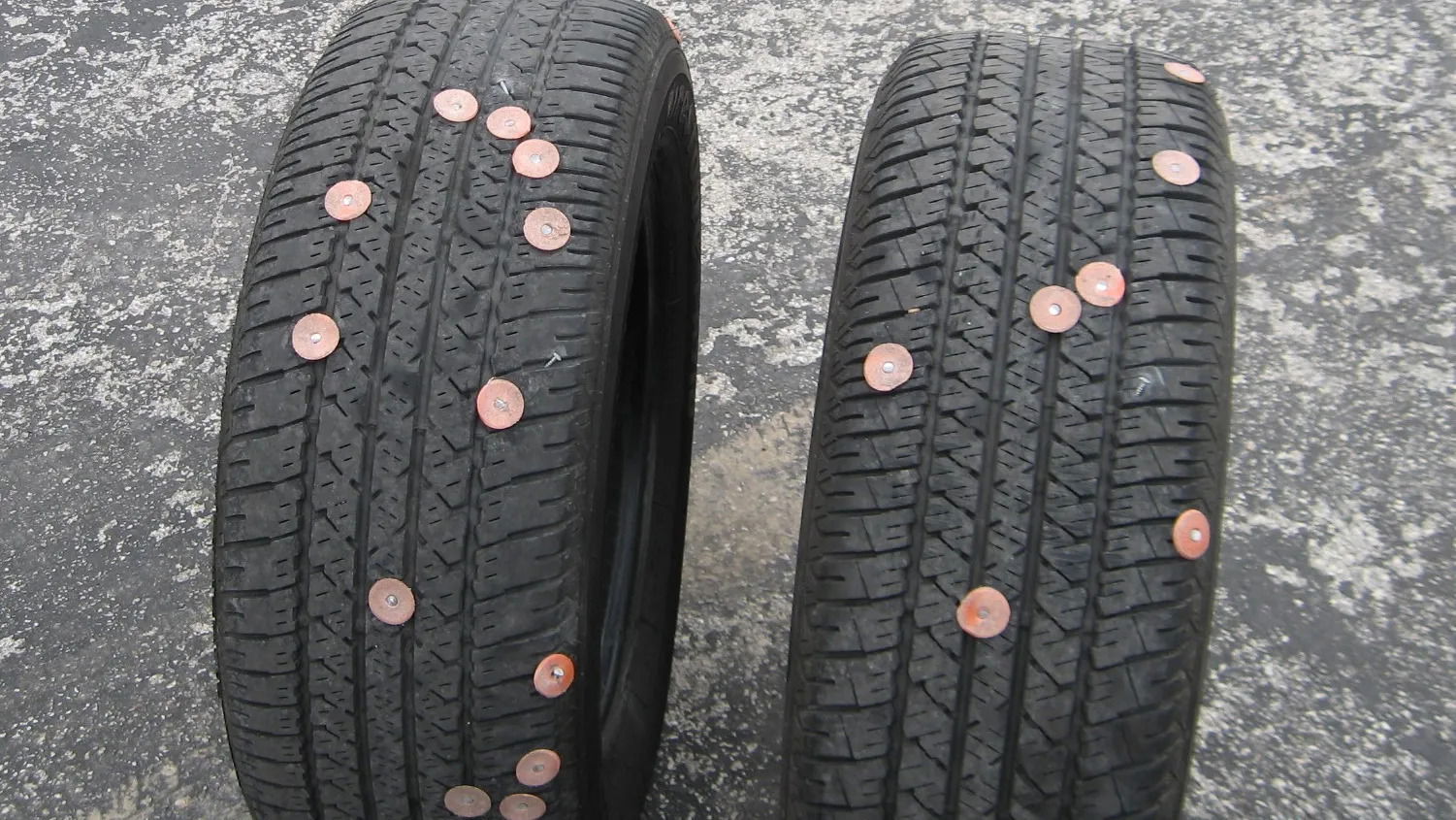
Photo credit: Treasure Coast Newspaper
Myth Buster:
Absolutely not!
While it might seem like a creative solution straight out of a cartoon, putting nails in your tires will only lead to disaster on the road. In reality, all it does is puncture your tires and make driving a hazardous nightmare.
So unless you're auditioning for a role in a circus act, stick to proper tire maintenance and leave the nail hammering to the professionals!
Do you have car myths to share with our readers? You're welcome to use the comment box.